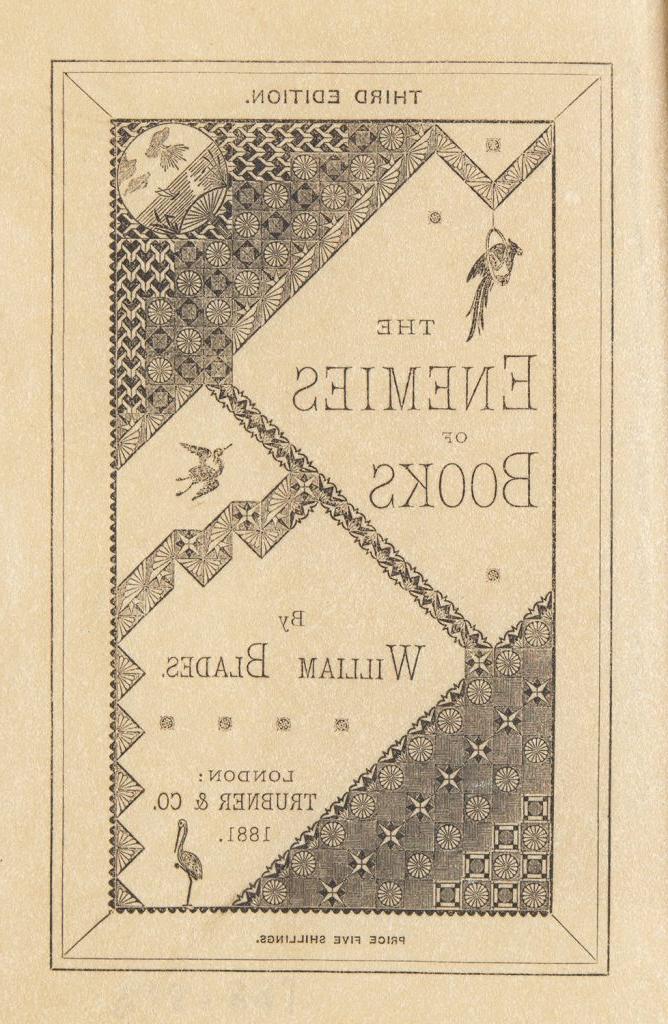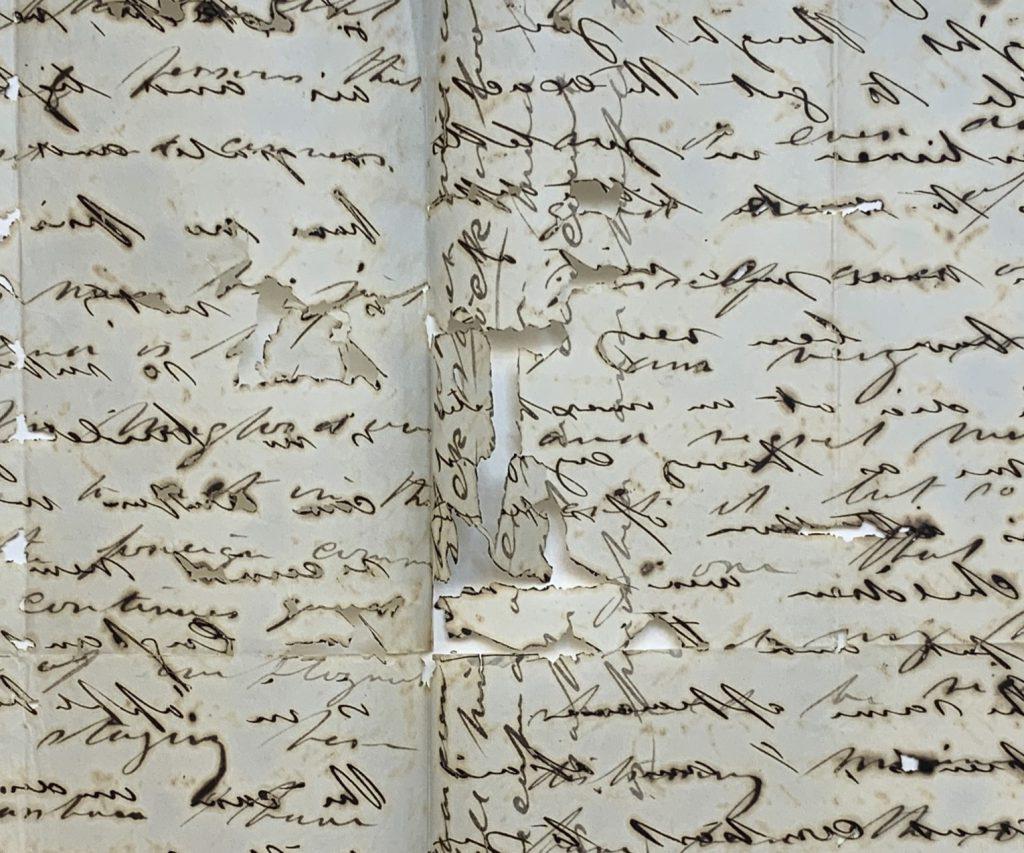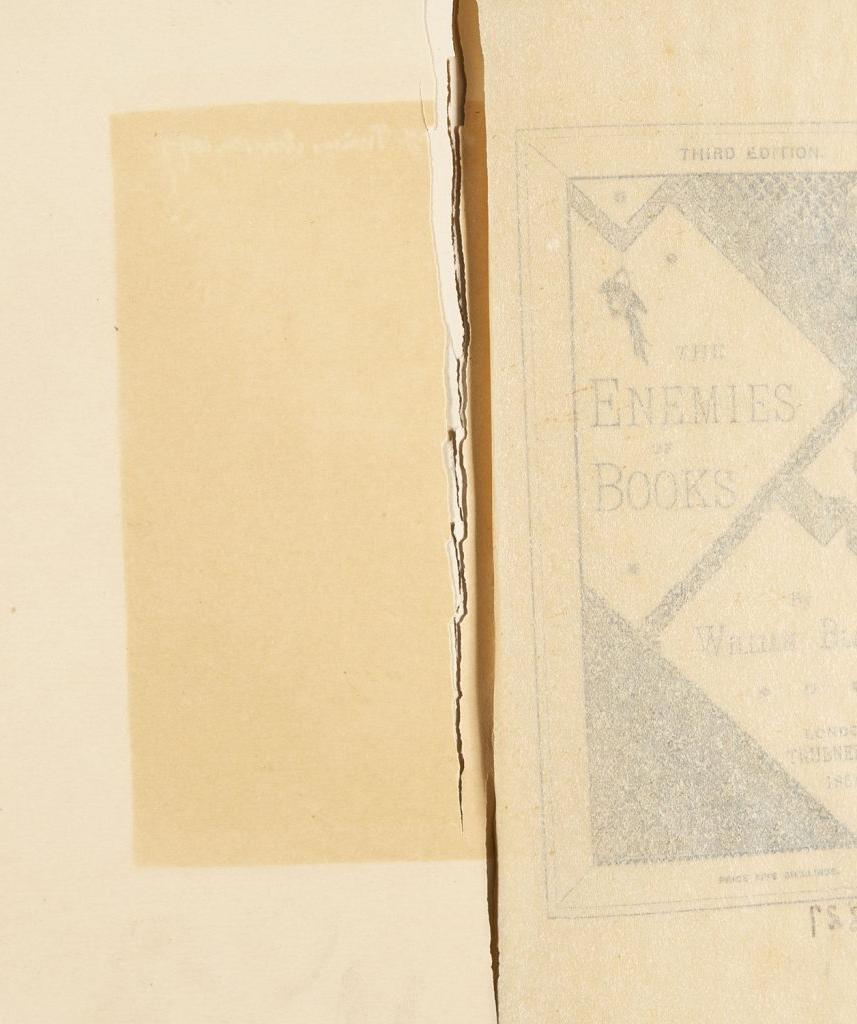By Samantha Couture, MHS Nora Saltonstall Conservator & Preservation Librarian, and Lauren Gray, Reference Librarian
Welcome to part 1 of a blog series about the preservation and conservation of the MHS collections.
Part of our mission at the MHS is to preserve and protect rare and important historical materials and to make collections available for research, which requires us to have a robust preservation and conservation effort. Preservation refers to the environment, storage, and handling of items, and has a significant impact on the long-term safety of our collections. Conservation encompasses the cleaning, repair, and chemical treatment of items. Without the ability to improve the physical conditions of our books, manuscripts, photographs, and art on paper, many of these materials would become unusable by researchers and lost to the historic record. Diligent preservation and conservation measures ensure that the individual items that tell the story of Massachusetts and the early history of the United States will be available for generations.
Librarians and archivists have been concerned with the deterioration of books and paper for as long as there have been libraries and archives. Preservation techniques have evolved over time as technology changes. Over the following months, we will introduce you to the importance of sound preservation and conservation practices, the history of how items have been conserved, and how the MHS approaches conservation today. Along the way, we will discuss why paper-based collections deteriorate and how to care for your own collections at home.
To begin our discussion on preservation, we will first look to the past. In 1881, bibliophile William Blades published the second edition of his book on preservation, titled The Enemies of Books, which we hold in the MHS collections. Blades lists many factors that affect the condition of books and paper: fire, water, dust & neglect, the bookworm, bookbinders, and book collectors (which is ironic, considering Blades was an avid collector of the printed word). Many of these dangers continue to threaten paper collections, like those at the MHS, but as our understanding of the medium has evolved, new threats to paper collections must be assessed.

While Blades’ text covers many well-known preservation concerns, there is a particularly pressing ‘Enemy’ that he does not mention: acid. Acid reacts in the presence of water in a process called acid hydrolysis. During hydrolysis, acid breaks the long, flexible cellulose fibers of paper, causing the paper to yellow and eventually become brittle. Brittleness cannot be reversed, and leaves books and documents in a very fragile state. If you’ve ever held an old book or newspaper and found it flaking apart in your hands, you may have experienced this first-hand. Acid can be introduced into paper in three ways.

Acids can migrate from one material to another, so documents stored in acidic containers will absorb some of those acids. Acids are often in the material used to make or process paper. Inks, especially writing ink called ‘iron gall ink’ contain a form of iron that will oxidize and break down paper fibers similarly to acid.

Why don’t acids and iron feature as dangers to books in Blades’ text? In 1881, acid hydrolysis as it relates to paper was not well understood. Before 1850, paper in the west was made from linen and cotton rags, which do not naturally contain acids. After 1850, wood pulp was discovered to be a plentiful and cheaper source of paper fibers. It took until about 1950 for the paper industry to produce stable papers using wood pulp for book and document production. It can take years or decades for this kind of ‘inherent vice’ to cause breakage and discoloration, so the paper in his own Enemies of Books would have been white and flexible long past his death in 1890. Ironically, Blades’ volume contains the acids which are slowly destroying it, as you can see below where the first page is breaking.

At the MHS, the majority of our manuscript collections contain iron gall ink, and many documents and books contain wood pulp paper. Luckily, there is a lot we can do to prolong the useful life of our unique and rare items. We’ll continue to talk about how we conserve our collections in part 2 of this series. Check back soon!

